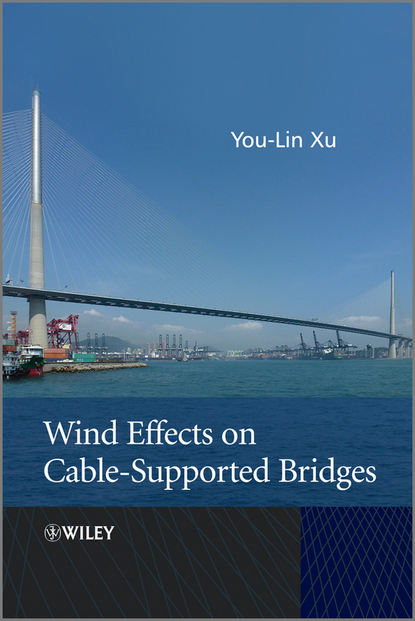
Wind Effects on Cable-Supported Bridges скачать fb2
You-Lin Xu - Wind Effects on Cable-Supported Bridges краткое содержание
As an in-depth guide to understanding wind effects on cable-supported bridges, this book uses analytical, numerical and experimental methods to give readers a fundamental and practical understanding of the subject matter. It is structured to systemically move from introductory areas through to advanced topics currently being developed from research work. The author concludes with the application of the theory covered to real-world examples, enabling readers to apply their knowledge. The author provides background material, covering areas such as wind climate, cable-supported bridges, wind-induced damage, and the history of bridge wind engineering. Wind characteristics in atmospheric boundary layer, mean wind load and aerostatic instability, wind-induced vibration and aerodynamic instability, and wind tunnel testing are then described as the fundamentals of the subject. State-of-the-art contributions include rain-wind-induced cable vibration, wind-vehicle-bridge interaction, wind-induced vibration control, wind and structural health monitoring, fatigue analysis, reliability analysis, typhoon wind simulation, non-stationary and nonlinear buffeting response. Lastly, the theory is applied to the actual long-span cable-supported bridges. Structured in an easy-to-follow way, covering the topic from the fundamentals right through to the state-of-the-art Describes advanced topics such as wind and structural health monitoring and non-stationary and nonlinear buffeting response Gives a comprehensive description of various methods including CFD simulations of bridge and vehicle loading Uses two projects with which the author has worked extensively, Stonecutters cable-stayed bridge and Tsing Ma suspension bridge, as worked examples, giving readers a practical understanding
Чтобы оставить свою оценку и/или комментарий, Вам нужно войти под своей учетной записью или зарегистрироваться



